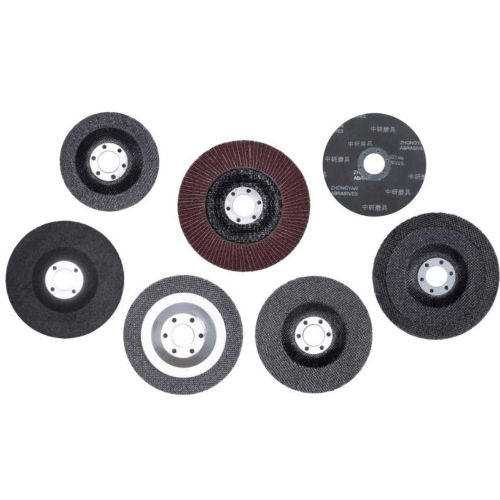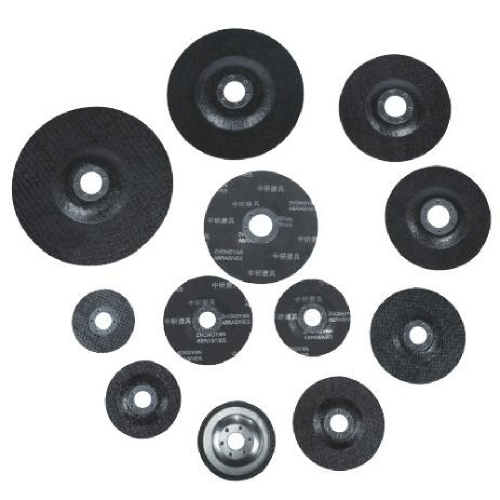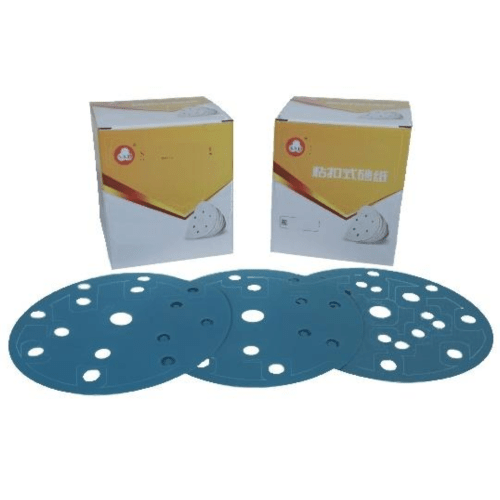wheel wear
Wheel wear is a critical phenomenon that occurs in various transportation and industrial applications, particularly affecting the performance and longevity of wheeled equipment. This natural process involves the gradual deterioration of wheel surfaces through continuous contact with rails, roads, or other surfaces. Modern wheel wear monitoring systems incorporate advanced sensors and diagnostic tools to track wear patterns, material loss, and geometric changes. These systems utilize sophisticated algorithms to analyze wear progression, enabling predictive maintenance schedules and optimal wheel lifecycle management. The technology encompasses various measurement parameters, including profile analysis, diameter reduction, and surface condition assessment. Industrial applications range from railway systems, where wheel-rail interface management is crucial, to manufacturing equipment where precision wheel conditions affect production quality. The monitoring process typically involves regular inspections using automated measurement systems, which can detect microscopic changes in wheel profiles and predict potential failure points. This comprehensive approach to wheel wear management helps maintain operational efficiency, ensure safety standards, and optimize maintenance costs across different sectors.


